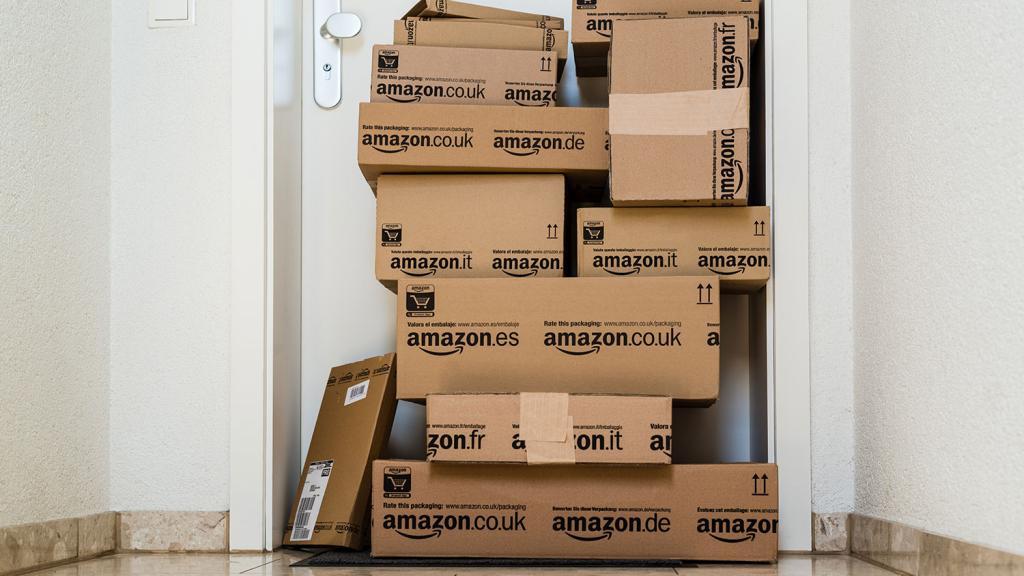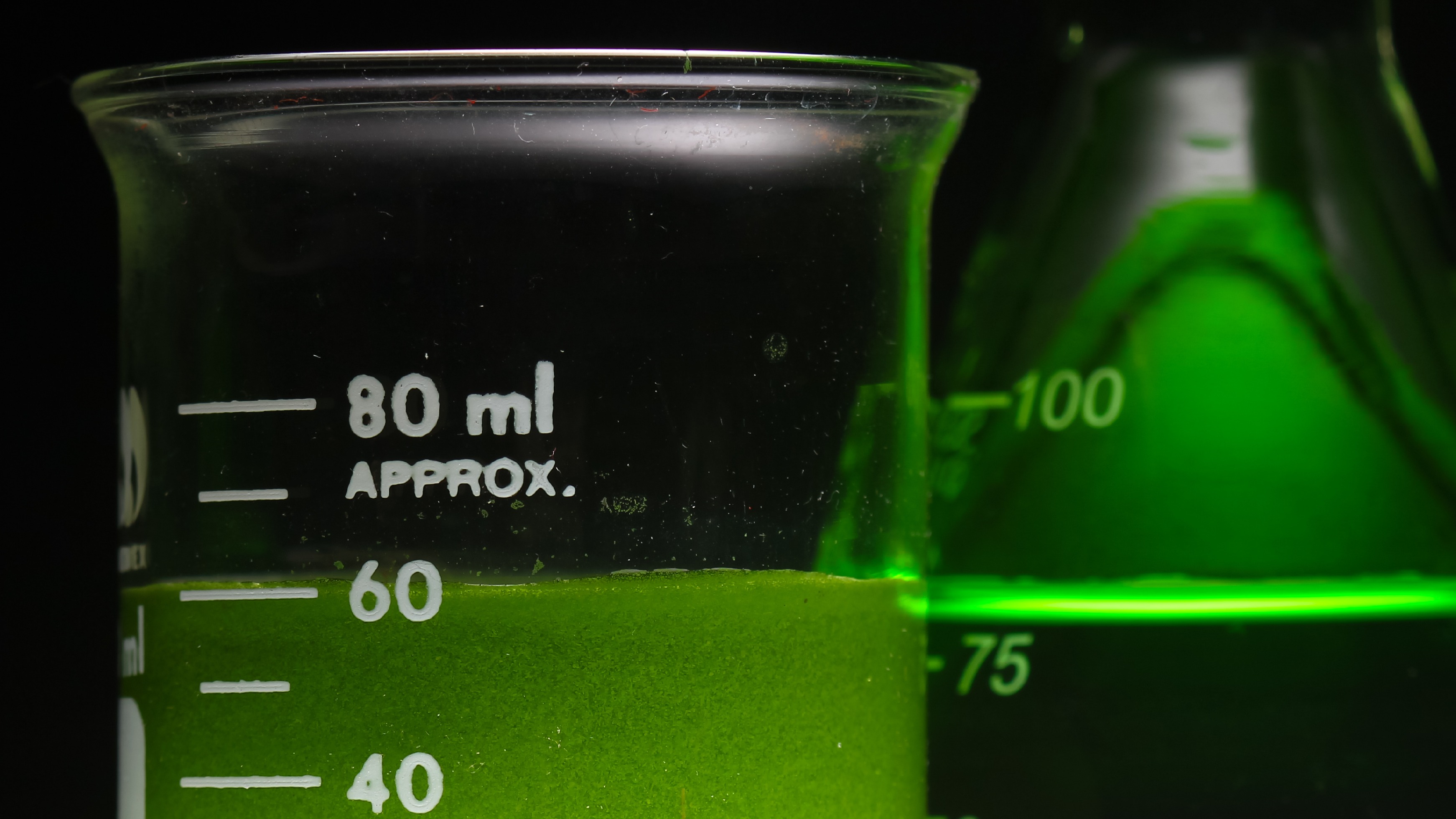We build with it, eat from it, wear it, let our kids play on it, drive around in it, and decorate our houses with it. It fills our landfills, pollutes our oceans, occasionally leaches toxic chemicals into the environment, and makes your neighbor’s lawn look like toy purgatory. It’s plastic, and like it or not, it’s everywhere. Plastic is as much a part of our identity as humans as that one sweatshirt was a part of your identity as a middle schooler (that sweatshirt, by the way, probably also contained plastic). Unfortunately, a lot of plastic contains ethylene — a chemical made from petroleum and natural gas in a CO2-emitting process.
But fear not! Scientists are working on a greener way to make ethylene using genetically modified algae. Here’s the scoop from Scientific American:
The researchers were able to accomplish this by introducing a gene that coded for an ethylene-producing enzyme—effectively altering the cyanobacteria’s metabolism. This allows the organisms to convert some of the carbon dioxide normally used to make sugars and starches during photosynthesis into ethylene. Because ethylene is a gas, it can easily be collected.
Making ethylene doesn’t require many inputs, either. The basic requirements for cyanobacteria are water, some minerals and light, and a carbon source. In a commercial setting, CO2 could come from a point source like a power plant, Yu said.
But before you go toasting to the wonders of algae with your high fives and your plastic cups (seriously, would it kill you to use a glass?), you should know that taking a something like this from the lab to the market is a long process. And it could very well turn out that using algae to produce plastic will prove untenable on a large scale. Regardless, this is a cool example of scientists trying to use synthetic biology to address environmental concerns.
What’s synthetic biology, you ask? Here — let me explain it to you using legos and skateboards.



